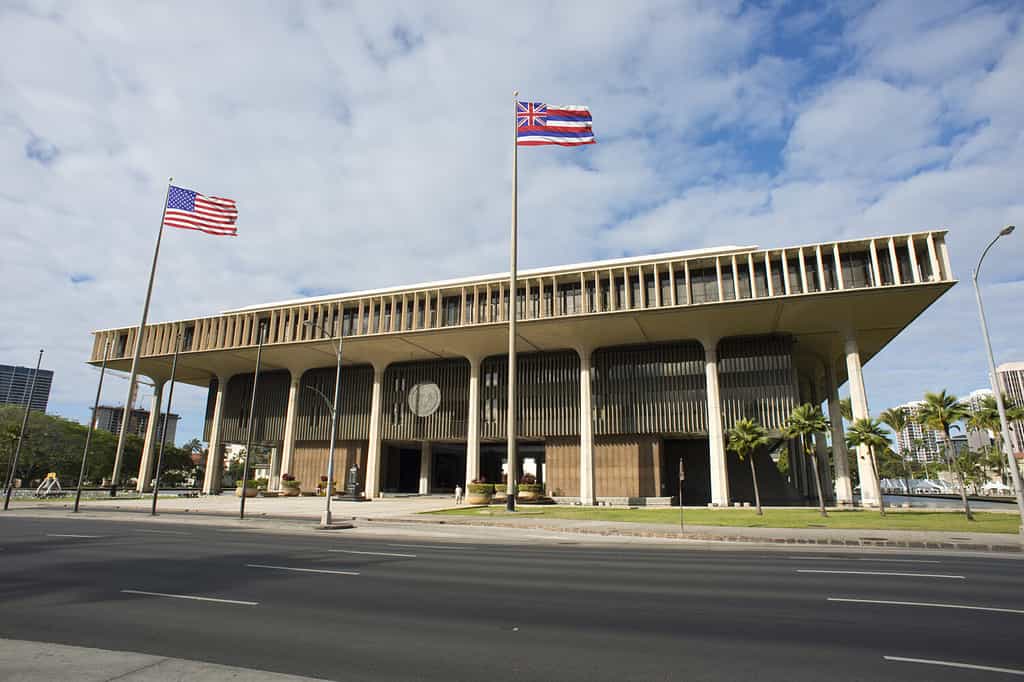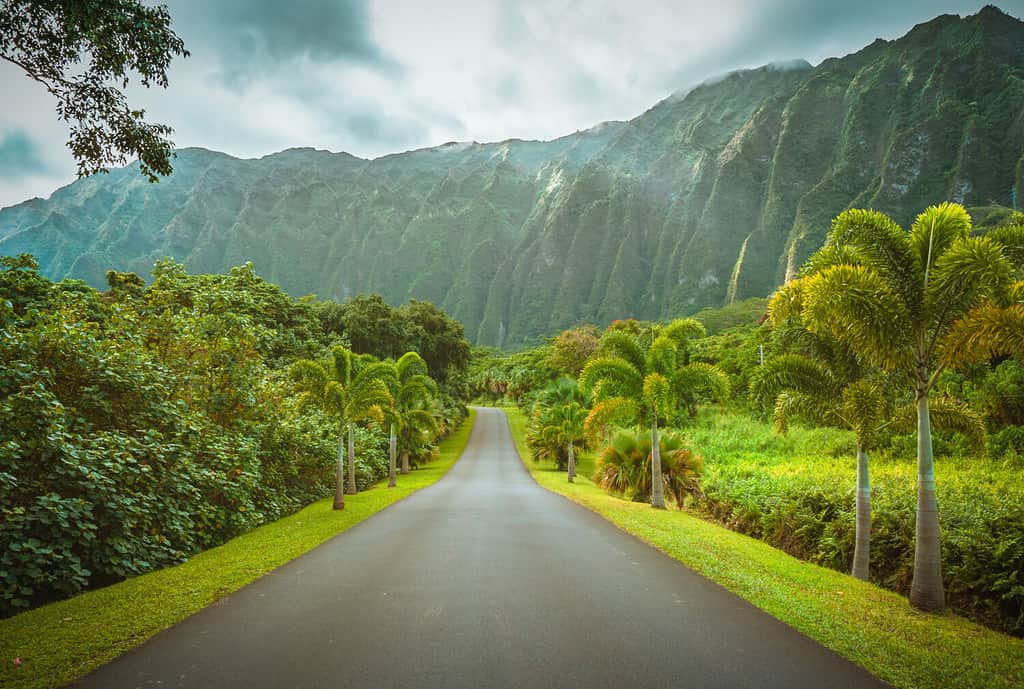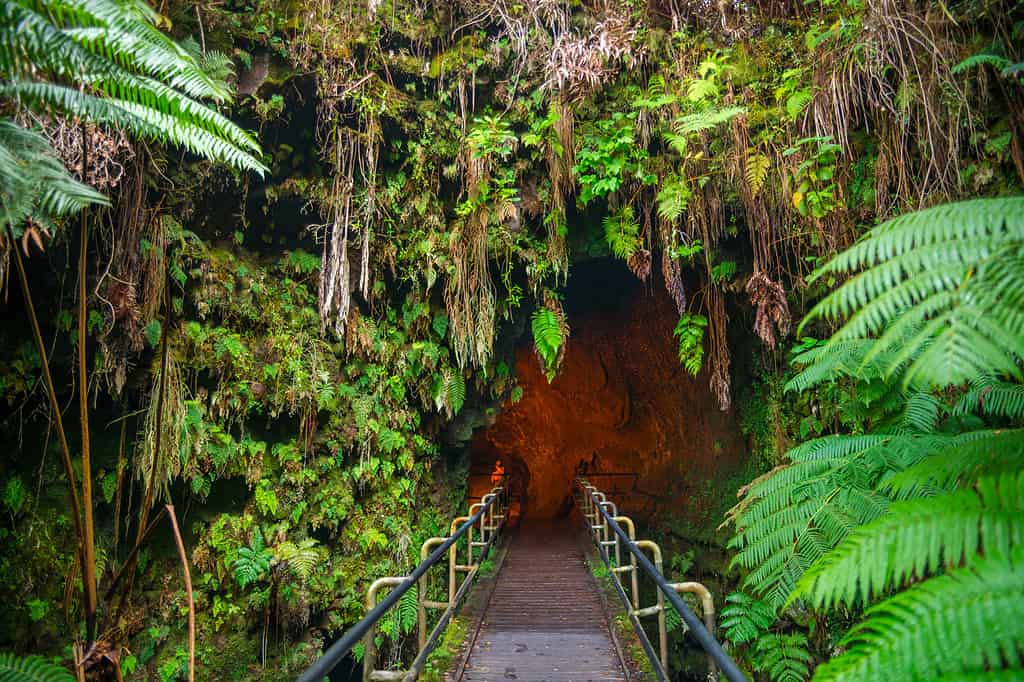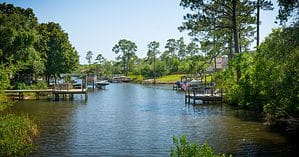Introduction
The 50th state of the Union, Hawaii, is an archipelago of 137 islands with nearly 4 million acres of land. The top 20 landowners hold over 3.1 million acres of that land. For the longest time, native Hawaiians had no concept of private land ownership, which explains the top-heavy land ownership numbers. Land ownership was not a Hawaiian concept until a 19th-century king divided up lands among the monarchy, the chiefs, and the people. Consequently, buying land in Hawaii is complex, and buildings are typically leased. So, with these limitations, who is Hawaii’s largest landowner?
The State of Hawaii Is the Largest Landowner in Hawaii

The State of Hawaii is the largest Landowner in Hawaii, with approximately 1.6 million acres.
©W. Scott McGill/Shutterstock.com
The largest landowner in Hawaii is the state of Hawaii, which has land on every island. This dates back to its transition to statehood but has roots in 1848 and the Great Māhale—or redistribution—put into law by King Kamehameha III. The state of Hawaii owns 1.6 million acres of land. Most of this is for public use. The state of Hawaii uses some of the land, leases some of it, and sets some of it aside for homesteading for native Hawaiians.
The History of Hawaii’s Land Ownership

Before King Kamehameha III redistributed land in Hawaii, it was not privately owned but was under the king’s sovereignty.
©Cautron Live/Shutterstock.com
Before 1848, Hawaii’s land was under the king’s sovereignty. The people of Hawaii lived where they wished to and shared resources. After James Cook, a British naval captain and explorer, discovered Hawaii and announced it to the world, missionaries and others came, eventually prompting the king of Hawaii to redistribute the land in 1848, officially placing it under Hawaiian control. This was known as the Great Māhale.
During the Great Māhale, King Kamehameha III allotted 1 million acres to the crown. 1.5 million acres were set aside for Hawaiian chieftains, and another 1.5 million acres were set aside as government lands. The government lands were supposed to be used to benefit the people of Hawaii. Theoretically, native inhabitants still retained the right to use the property they lived on.
The U.S. absorbed about 1.8 million acres of the crown and government lands when it incorporated Hawaii as a territory in 1898. In 1921, Prince Kuhio created a government program setting aside nearly 200,000 acres for native Hawaiians. There is a waiting list of tens of thousands of Hawaiians to get these lands from the Department of Hawaiian Home Lands.
When Hawaii became a state, about 1.4 million of those acres were transferred to the state of Hawaii. The law at that time said that the land was intended for public use and “for the betterment of the conditions of native Hawaiians.”
What Hawaii Does With the Land

Much of Hawaii’s state land is given over to public parks.
©ademyan/iStock via Getty Images
Of the land set aside for homesteading, only about 34% can actually support housing, according to the DHHL. The remaining 66% lacks infrastructure, is unfit for construction, or is in conservancy areas. There are about 28,000 people on the waiting list. A recent class action lawsuit has resulted in an award of $328 million to nearly 2,800 people who have waited for decades to lease property.
Most of the remaining 1.4 million acres are for public use. Some of the land is set aside for the use of government agencies. Other land is made available to the public through leases, entry and access agreements, and tenancies or kept as open space. Military training facilities, airports, observatories, and state parks are on other state land.
The photo featured at the top of this post is © Vacclav/iStock via Getty Images
Thank you for reading! Have some feedback for us? Contact the AZ Animals editorial team.







